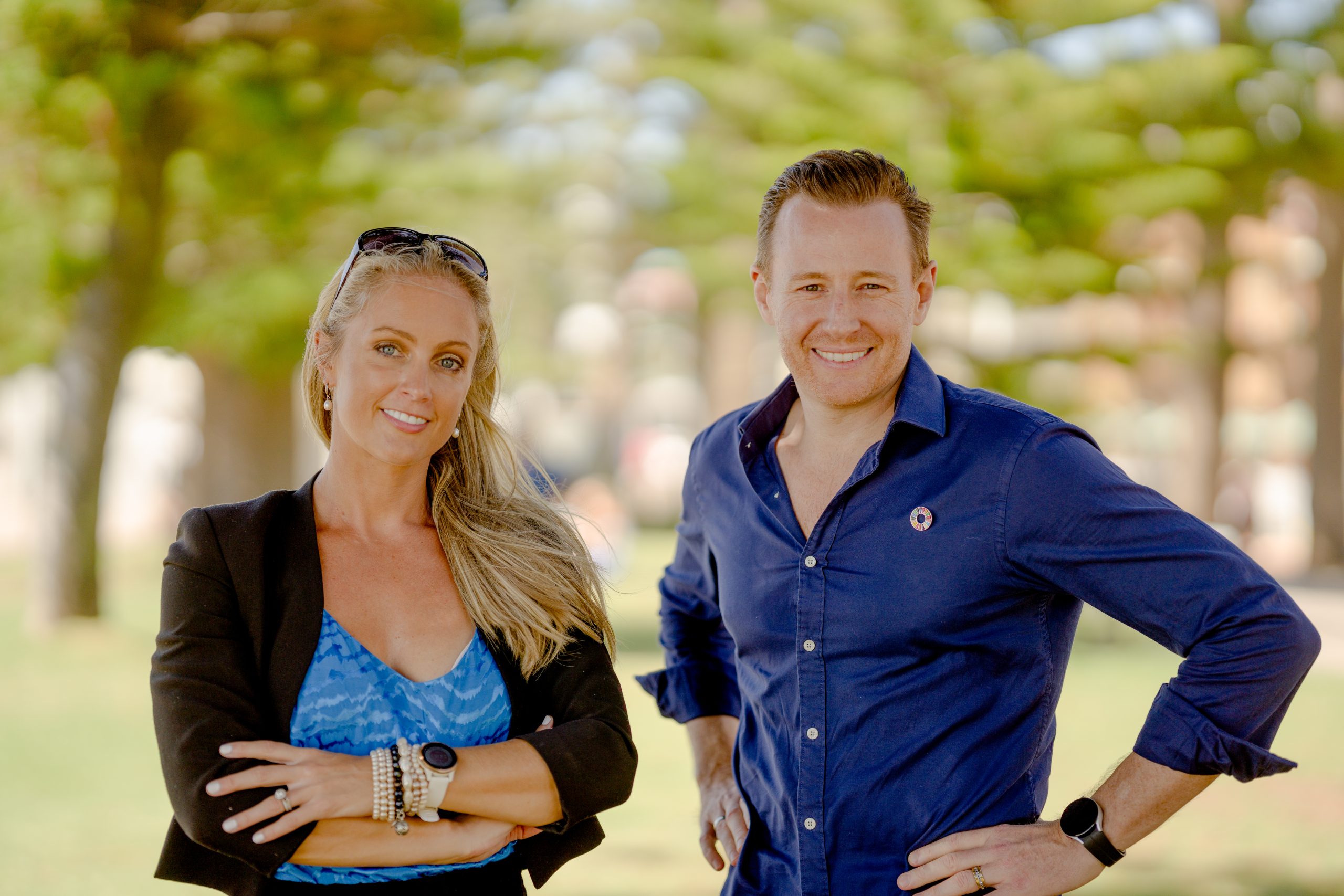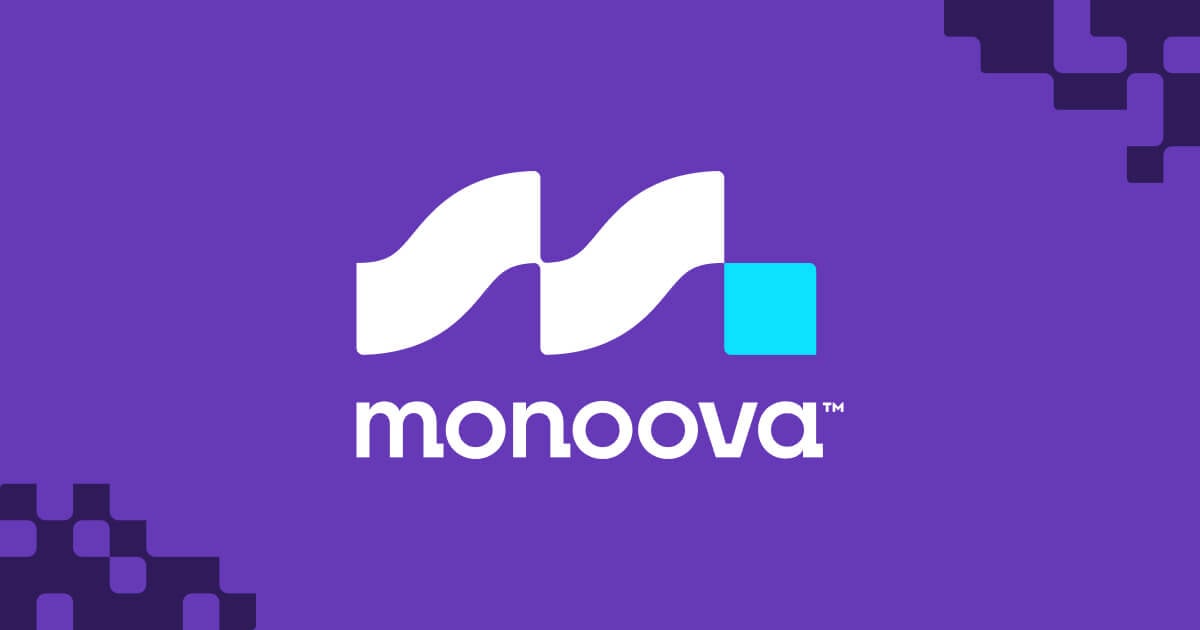The landscape of sustainability communications is shifting rapidly. Stricter regulations heightened public scrutiny, and a growing demand for transparent, data-driven messaging are redefining how organizations talk about their environmental and social impact. Whether you’re a business, nonprofit, or communicator, staying ahead of these trends is crucial to maintaining credibility and engagement.
Here are the seven key trends shaping sustainability communications in 2025:
1. Economic Benefits Will Drive Engagement
Stakeholders—from consumers to investors—are more likely to engage with sustainability initiatives that highlight economic value. Whether it’s demonstrating cost savings from renewable energy, showcasing circular supply chains’ efficiency, or emphasizing job creation in green industries, economic storytelling will be key.
💡 Actionable Insight: Use compelling data, case studies, and visuals to illustrate the financial benefits of sustainability initiatives.
2. The Compliance Burden Will Intensify
Regulatory frameworks like the Corporate Sustainability Reporting Directive (CSRD) are becoming more complex. While large corporations have the resources to meet these demands, smaller organizations may struggle to comply, risking reduced visibility in the sustainability conversation.
💡 Actionable Insight: Advocate for scalable compliance solutions and collaborate with partners to amplify diverse perspectives in sustainability storytelling.
3. Transparency Will Be Non-Negotiable
Consumers and investors are demanding verifiable proof of sustainability claims. Vague commitments like “going green” won’t suffice—companies must back up their initiatives with clear, measurable data. However, the challenge is making this information accessible and engaging.
💡 Actionable Insight: Pair data with storytelling—use infographics, real-world impact stories, and interactive content to make transparency compelling.
4. Intersectional Storytelling Will Gain Traction
Sustainability issues are deeply connected to social justice, gender equality, and economic inclusion. In 2025, audiences will expect organizations to communicate these links authentically. Superficial messaging will be scrutinized, making authenticity more critical than ever.
💡 Actionable Insight: Collaborate with advocates from intersecting movements and ensure storytelling is rooted in real-world impact.
5. Corporate Accountability as a Brand Differentiator
Sustainability isn’t just about compliance—it’s a competitive advantage. Businesses that transparently share their progress, including challenges and setbacks, will build stronger trust with stakeholders.
💡 Actionable Insight: Showcase real stories—highlight employees innovating sustainable solutions or customers benefiting from your efforts.
6. Crisis Communications Will Eclipse Storytelling
The rise in climate-related crises necessitates real-time, accurate responses. Organizations must be prepared to communicate swiftly to prevent misinformation and maintain credibility.
💡 Actionable Insight: Develop crisis communication plans and leverage multi-channel distribution to ensure timely, effective messaging.
7. Influencers Will Shape the Climate Narrative
Social media influencers and content creators will play an increasingly influential role in climate advocacy. However, misinformation and performative activism pose risks.
💡 Actionable Insight: Partner with credible influencers and equip them with accurate, engaging messaging to drive meaningful conversations.
The Big Picture
Sustainability communications in 2025 will require balancing compliance with creativity, transparency with engagement, and ambition with credibility. Organizations that embrace transparency, intersectionality, and real-time responsiveness will build trust and drive impactful change.
Reach out to us for more information on how we can transform your sustainability brand to align with these trends.










